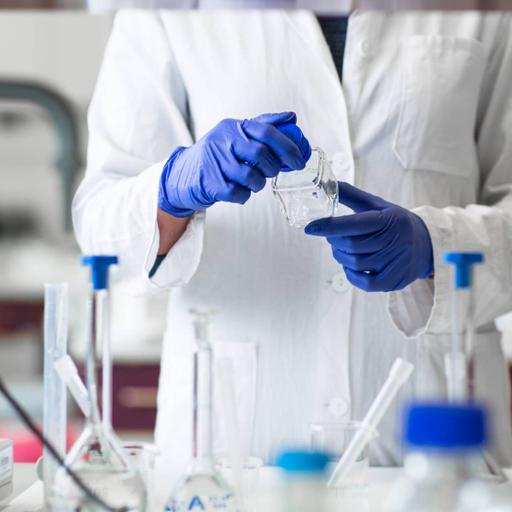Types of Chromatography
Presentations | English
In chemical analysis, Chromatography is a laboratory technique for the separation of a mixture. The mixture is dissolved in a fluid (gas or solvent) called the mobile phase, which carries it through a system (a column, a capillary tube, a plate, or a sheet) on which a material called the stationary phase is fixed. The different constituents of the mixture have different affinities for the stationary phase. The different molecules stay longer or shorter on the stationary phase, depending on their interactions with its surface sites. So, they travel at different apparent velocities in the mobile fluid, causing them to separate. The separation is based on the differential partitioning between the mobile and the stationary phases. Subtle differences in a compound's partition coefficient result in differential retention on the stationary phase and thus affect the separation. Chromatography may be preparative or analytical. The purpose of preparative chromatography is to separate the components of a mixture for later use, and is thus a form of purification. Analytical chromatography is done normally with smaller amounts of material and is for establishing the presence or measuring the relative proportions of analytes in a mixture.

23.00
Lumens
PPTX (92 Slides)
Types of Chromatography
Presentations | English
